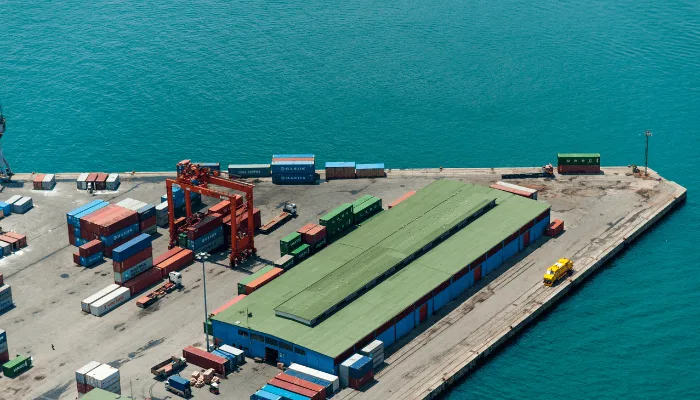
Sustainability in Lubricants: Can SN150 Be Replaced by Alternatives?
The global lubricants industry is at a crossroads. On one side, SN150 base oil continues to dominate global demand due to its affordability, versatility, and strong supply from the Middle East, Russia, and Asia. On the other side, sustainability goals, stricter environmental regulations, and technological innovation are pushing refiners and lubricant blenders to consider alternative base oils.
This article explores whether SN150 base oil can be replaced by Group II/III oils, bio-based oils, or synthetic alternatives, and what this transition means for global markets.
1. Why SN150 Base Oil Still Matters
Despite global sustainability pressure, SN150 remains in high demand because:
It is widely used in automotive lubricants, industrial oils, transformer oils, and process oils.
The SN150 price is more affordable than Group II/III oils.
Its supply network is reliable, with exporters in the Middle East leading global shipments.
Buyers in emerging markets prefer SN150 due to cost sensitivity.
These factors make it difficult to completely phase out SN150 in the near future.
2. The Push for Sustainable Alternatives
Sustainability is reshaping the lubricants industry. Regulators and buyers are demanding:
Lower carbon footprints in production and use.
Longer-lasting lubricants that reduce waste.
Eco-friendly alternatives, including bio-based and synthetic options.
The question remains: can these alternatives fully replace SN150 base oil?
3. Comparing SN150 with Alternatives
| Base Oil Type | Advantages | Challenges | Suitability vs SN150 |
|---|---|---|---|
| SN150 (Group I) | Affordable, widely available, versatile | Higher emissions, less stable in extreme conditions | Still dominant in emerging markets |
| Group II/III Oils | Cleaner, better oxidation stability, longer life | Higher price, limited access in some regions | Growing in developed markets |
| Synthetic Oils | Excellent performance, low volatility, eco-friendly | Very high cost, niche applications | Suitable for high-performance industries |
| Bio-based Oils | Renewable, sustainable, biodegradable | Limited production, expensive | Future potential, but not scalable yet |
4. Regional Outlook on Replacements
Europe: Strong push toward Group II/III oils due to regulations.
North America: Growing use of synthetics in automotive and aviation lubricants.
Middle East: Still focused on SN150 exports due to cost competitiveness.
Asia & Africa: Heavily reliant on SN150 because affordability outweighs sustainability concerns.
5. Can SN150 Be Fully Replaced?
In the short term, complete replacement is unrealistic. While bio-based and synthetic oils will grow in market share, their high costs and limited production capacity mean SN150 will remain essential for decades.
What we will see instead is a hybrid market:
Developed economies shifting to Group II/III and synthetics.
Emerging economies relying on SN150 base oil for affordability and supply security.
6. Future Outlook: 2025–2035
SN150 demand will gradually decline in advanced markets but stay strong in developing economies.
Alternative base oils will gain traction, particularly bio-based oils as production scales.
Middle East exporters will remain key suppliers, focusing on balancing sustainability with cost competitiveness.

SN150 base oil is still in high demand due to affordability and versatility.
Alternatives (Group II/III, synthetic, bio-based) offer sustainability but face cost and supply barriers.
Regional differences will shape the pace of SN150 replacement.
The future market will be hybrid, balancing SN150 with sustainable oils.
Looking for base oil SN150 suppliers in Iran ?
- Contact Us today and get connected with producers and export-ready logistics.
- sales@PetroExportHub.com

Related posts
Mono Ethylene Glycol (MEG) serves as a cornerstone for modern antifreeze and coolant formulations, offering reliable freezing protection and heat resi . . .
Explore Solvent 100’s specs, uses, and export opportunities from Iran. Ideal for paint, ink, and adhesive buyers in India, Turkey, UAE, and Africa. . . .
Explore everything you need to know about exporting sulphur from Iran in 2024 — including types, packaging, documents, ports, prices, and top import . . .
Explore Iran’s top ports for petrochemical exports, including Bandar Imam Khomeini, Assaluyeh, and Bandar Abbas. Compare infrastructure, accessibili . . .
Learn the key differences between polypropylene (PP) and polyethylene (PE), their applications, advantages, and how to choose the right polymer for yo . . .
Discover how a Turkish plastics manufacturer reduced costs by 22% through importing HDPE from Iran. Real-world case study by PetroExportHub. . . .
Learn why Iran is a leading exporter of polyethylene (PE). Discover grades, global applications, and how PetroExportHub connects buyers with top suppl . . .
We are here to answer your questions....
Petro Export Hub
PetroExportHub specializes in the export of premium-grade petrochemicals, minerals, and industrial chemicals from Iran, serving international markets with reliability, transparency, and tailored logistics solutions
Tehran Office
Phone:
0214865484 | +989127607241
Address:
Tehran..
China Office
TEL :
0211400
Address:
Zhongzhou Bie Lu, Zhongcheng Street, Yiwu City, Zhejiang Province, China
Quick Access
Quick Access
- Contact Our Sales Team
- Frequently Questions
- Shipping & Logistics
- Become a Partner
- Certificatins & Quality







